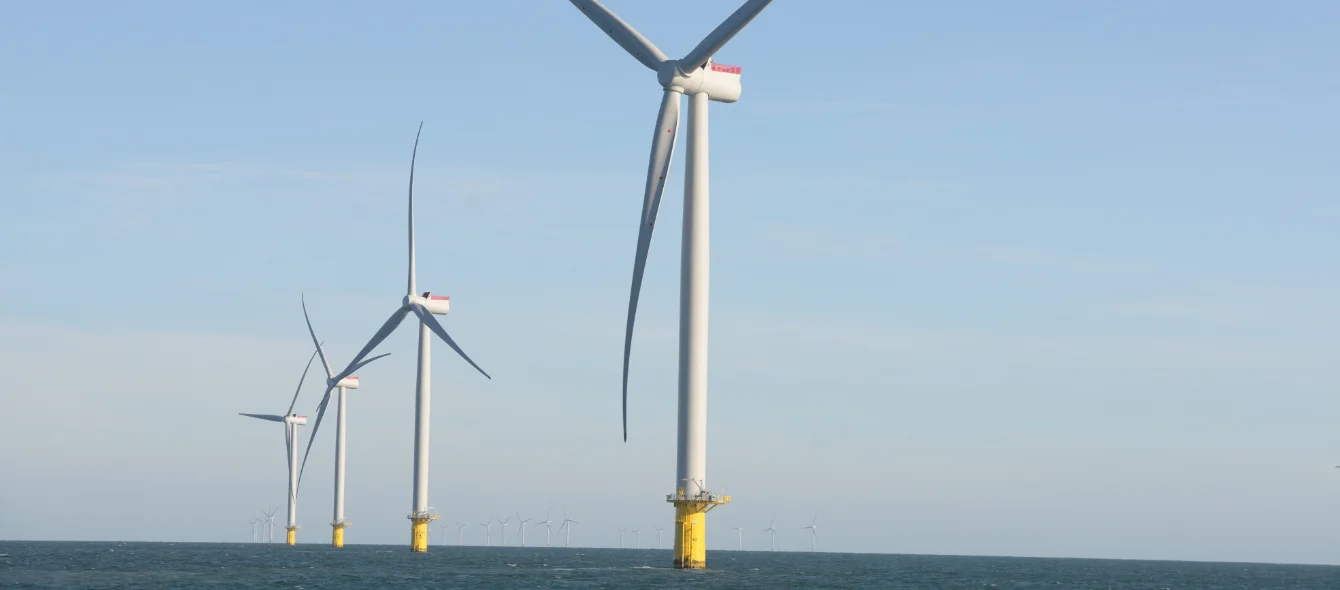The UK Department for Business, Energy and Industrial Strategy (BEIS) published its latest digest of UK energy statistics on July 29, comparing the sharp drop in energy demand in 2020 to the 1950s, albeit recovering to more normal levels towards the end of the year.
Transport demand fell by a massive 29%, compared with 2019, as the economy slowed and millions of people all over the country grappled with the challenges of home working.
However, positive developments were seen in the country’s electricity sector. A combination of windy weather, lower demand overall and an increase in capacity all served to boost renewable energy generation to record levels.
Outpacing fossil fuels
Renewable energy generation contributed 43.1% of all electricity consumed in the UK last year. For the first time, renewables’ share of generation was higher than fossil fuels, which accounted for 37.7%. Nuclear output was low, owing to outages and capacity closures, but in combination with renewables, served to push low carbon generation overall to a new high of 59.3%.
Including all sectors, total final energy consumption was down 13% on 2019, and 11% on a temperature and seasonally-adjusted basis. Renewable energy provided 13.6% of total energy consumption in 2020, up from 11.7% in 2019.
Inside the renewables powerhouse
For electricity generation, offshore wind showed by far the largest increase at 27% in 2020, compared with onshore wind at 9%. Plentiful rain meant hydro output rose 16%, while generation from waste increased 14%, biomass 6% and solar just under 5%.
A notable aspect of offshore wind is its high load factor — the ratio of how much electricity is generated compared with capacity. The load factor for offshore wind in 2020 was 45%, in comparison with about 30% for onshore wind and 12% for solar, according to the BEIS figures. As a result, offshore wind is generating more electricity than onshore wind, despite having much less capacity installed.
Electricity generation in UK by fuel, 2020, in GWh
Source: Digest of UK Energy StatisticsCentral role for wind and gas
While accentuated by the fall in overall demand, last year’s figures illustrate the fundamental change taking place within the UK’s generation mix.
Total generation capacity in 2020 was 75.8 GW, 2.7% lower than in 2019. Both coal and nuclear capacity fell, while renewables increased, particularly offshore wind, which saw the 0.7 GW East Anglia One wind farm come online. In total, 1 GW of new renewables capacity came online last year, although this was the smallest increase since 2007.
Wind, in particular, is playing an ever more vital role in UK energy supply. Wind energy provided a new high of 24.2% of generation, up from just 2.7% in 2010 and accounted for 75.4 TWh out of renewables’ total generation of 136.4 TWh.
The drop in fossil fuel use has come mainly from coal. Coal-fired generation capacity, which is to be fully phased out by 2024, now stands at just 5.4 GW, split across four remaining plants, which are being used less.
As a result, gas-fired capacity is playing an increasingly important role in balancing renewables output and ensuring supply stability. Gas-fired capacity rose by 0.6%, but saw a 16% drop in generation, owing to the increase in renewables output and lower demand overall.
Renewables’ performance also played a major role in another positive development. Net import dependency – net energy imports as a proportion of primary energy supply — last year was 27.8%, down 7.1 percentage points from 2019 and the lowest level since 2009.
Photo credit: © RWE AG
